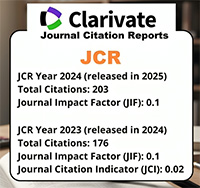Manganese poisoning reduces strychnine-insensitive glycine binding sites in the globus pa11idus of the mouse brain
Resumen
Manganese (Mn) poisoning is characterized by central nervous system manifestations, including psychiatric disturbances and extrapyramidal disorders. This metal is thought to produce neuronal degeneration due to cytotoxic products originated by oxidative stress and through an indirect excitotoxic process. In previous studies, we have found a reduction in the density of N-methyl-D-aspartate (NMDA) recognition sites in sorme brain areas of Mn-treated mice. Due to the close relationship between NMDA sites and strychnine-insensitive glycine (Gly) modulatory sites in the NMDA receptor complex, the [3H]-glycine ([3H]-Gly) binding was analyzed by autoradiographic methods in the brain of mice treated with manganese chloride for 8 weeks. Among all analyzed areas, only the globus pallidus showed a significant reduction in [3H]-Gly binding (27-28%). The Gly binding decrease, focalized in the globus pallidus, could reflect a degeneration of structures containing strychnine-insensitive Gly receptors, since this area ls the most frequently reported damaged brain region in Mn intoxication. However, it might also be due to a Gly receptor down-regulation to control NMDA complex activation during Mn poisoning.




















